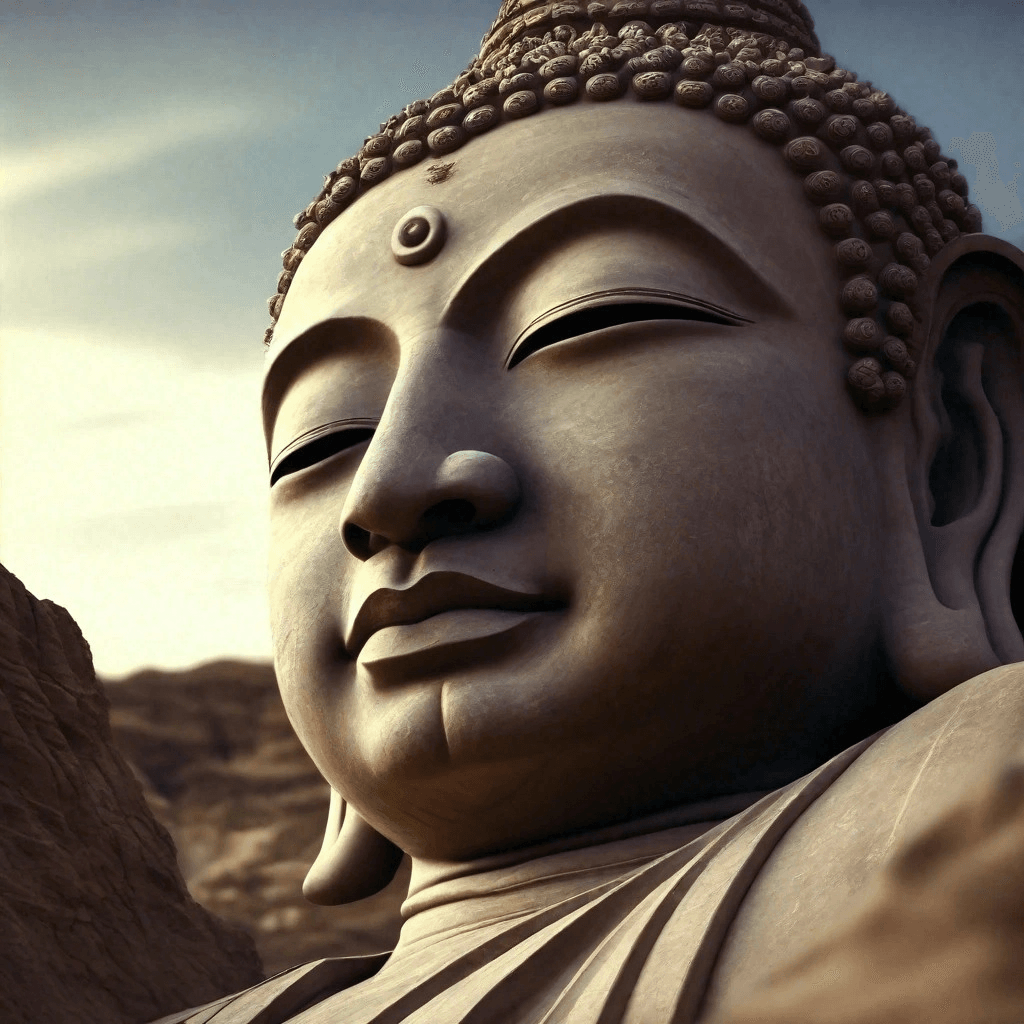
32.How to Use Yoga for Anxiety Management
Using Yoga for Anxiety Management: A Comprehensive Guide
Anxiety is a common mental health issue that affects millions of people worldwide. While there are various treatments available, yoga has emerged as an effective and holistic approach to managing anxiety. Combining physical postures, breath control, and mindfulness, yoga can help reduce anxiety symptoms and promote overall well-being. Here’s how you can use yoga to manage anxiety effectively.
Understanding Anxiety and Yoga’s Role
Anxiety is characterized by excessive worry, tension, and fear that can interfere with daily activities. Yoga helps manage anxiety by:
1. Reducing Stress: Through physical movement, deep breathing, and meditation, yoga activates the parasympathetic nervous system, promoting relaxation and reducing stress hormones.
2. Enhancing Mindfulness: Yoga encourages present-moment awareness, which can help break the cycle of anxious thoughts.
3. Improving Physical Health: Regular yoga practice can improve sleep, reduce muscle tension, and increase energy levels, all of which contribute to lower anxiety.
Yoga Practices for Anxiety Management
1. Breath Control (Pranayama)
– Deep Belly Breathing (Diaphragmatic Breathing):
– Sit or lie down comfortably. Place one hand on your chest and the other on your belly. Inhale deeply through your nose, allowing your belly to rise while keeping your chest still. Exhale slowly through your mouth. Repeat for 5-10 minutes.
– Alternate Nostril Breathing (Nadi Shodhana):
– Sit in a comfortable position. Close your right nostril with your right thumb and inhale deeply through your left nostril. Close your left nostril with your ring finger and release your right nostril, exhaling through it. Inhale through your right nostril, close it, and exhale through your left. Repeat for 5-10 minutes.
2. Yoga Poses (Asanas)
– Child’s Pose (Balasana):
– Kneel on the floor, touch your big toes together, and sit on your heels. Extend your arms forward and rest your forehead on the ground. Hold for 1-3 minutes, focusing on your breath.
– Cat-Cow Pose (Marjaryasana-Bitilasana):
– Start on your hands and knees in a tabletop position. Inhale, arch your back, and lift your head and tailbone (Cow Pose). Exhale, round your spine, and tuck your chin to your chest (Cat Pose). Continue for 1-3 minutes.
– Bridge Pose (Setu Bandhasana):
– Lie on your back with your knees bent and feet hip-width apart. Press your feet into the floor, lift your hips, and clasp your hands under your back. Hold for 30 seconds to 1 minute.
– Legs-Up-the-Wall Pose (Viparita Karani):
– Lie on your back with your legs extended up against a wall. Relax your arms by your sides and hold for 5-10 minutes, focusing on deep breathing.
– Corpse Pose (Savasana):
– Lie flat on your back with your arms at your sides, palms facing up. Close your eyes and focus on your breath, allowing your body to relax completely. Stay in this pose for 5-10 minutes.
3. Meditation and Mindfulness
– Guided Meditation:
– Use a guided meditation app or audio recording to help focus your mind and reduce anxiety. Aim for 10-20 minutes daily.
– Body Scan Meditation:
– Lie down comfortably and close your eyes. Starting from your toes, mentally scan your body, noticing any tension or discomfort. Breathe into each area of tension and allow it to release. Continue up to your head, then relax for a few minutes.
Creating a Yoga Routine for Anxiety Management
1. Set a Regular Schedule:
– Aim to practice yoga at least 3-5 times a week. Consistency is key to experiencing the full benefits.
2. Combine Different Practices:
– Incorporate pranayama, asanas, and meditation into each session for a holistic approach to managing anxiety.
3. Start Slowly:
– If you’re new to yoga, begin with shorter sessions (15-20 minutes) and gradually increase the duration as you become more comfortable.
4. Listen to Your Body:
– Pay attention to how your body feels during each pose. Avoid pushing yourself too hard and modify poses as needed to suit your comfort level.
5. Create a Calm Environment:
– Practice in a quiet, comfortable space where you won’t be disturbed. Consider using calming music or aromatherapy to enhance relaxation.
Additional Tips for Managing Anxiety with Yoga
1. Practice Mindfulness Throughout the Day:
– Incorporate mindfulness into your daily routine by paying attention to your breath and being present in each moment.
2. Stay Hydrated and Eat Well:
– Proper hydration and nutrition can impact your overall well-being and help reduce anxiety.
3. Get Adequate Sleep:
– Ensure you’re getting enough restful sleep each night, as poor sleep can exacerbate anxiety.
4. Seek Support:
– If your anxiety is severe or persistent, consider seeking support from a mental health professional. Yoga can be a complementary practice alongside other treatments.
Conclusion
Yoga offers a powerful and natural way to manage anxiety by promoting relaxation, mindfulness, and physical health. By incorporating breath control, asanas, and meditation into your routine, you can create a holistic practice that supports your mental and emotional well-being. Start with small, consistent steps, listen to your body, and embrace the journey towards a calmer, more balanced life.



